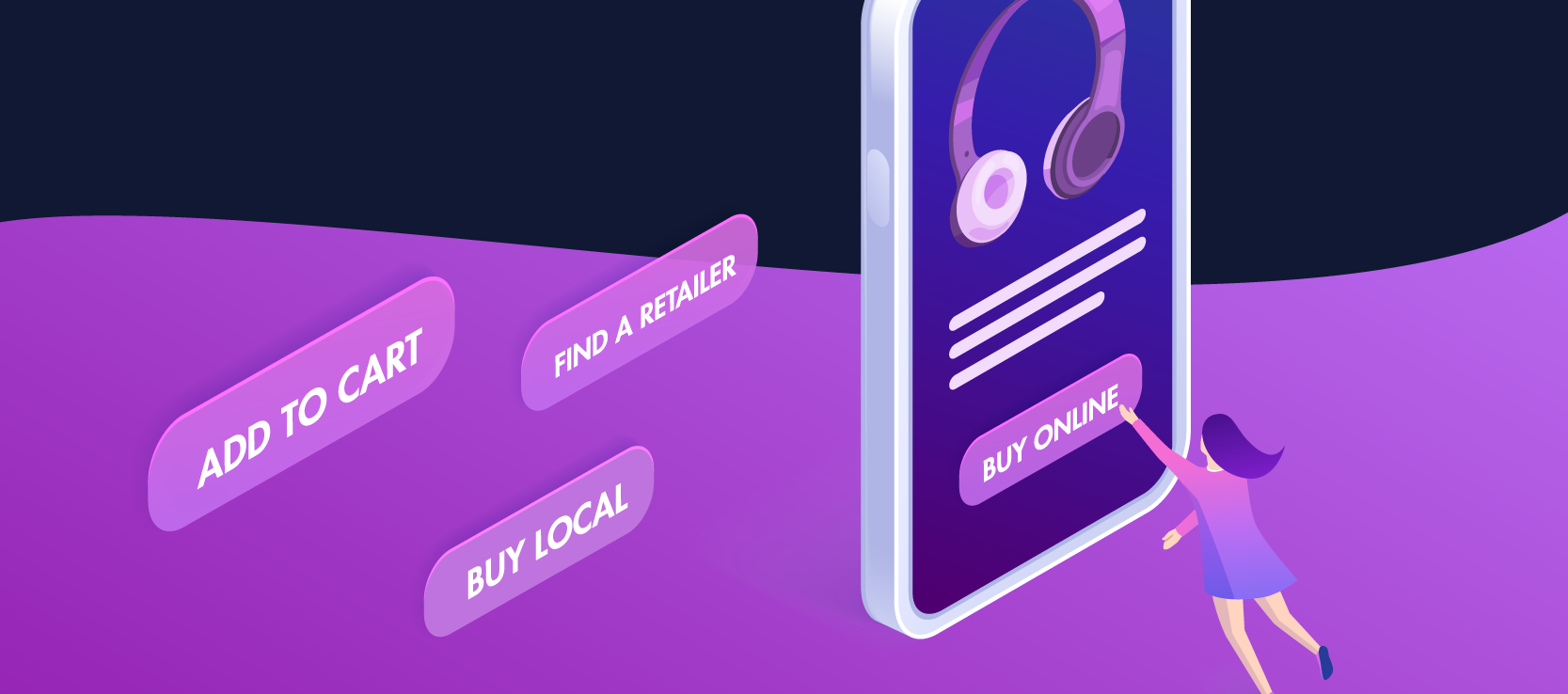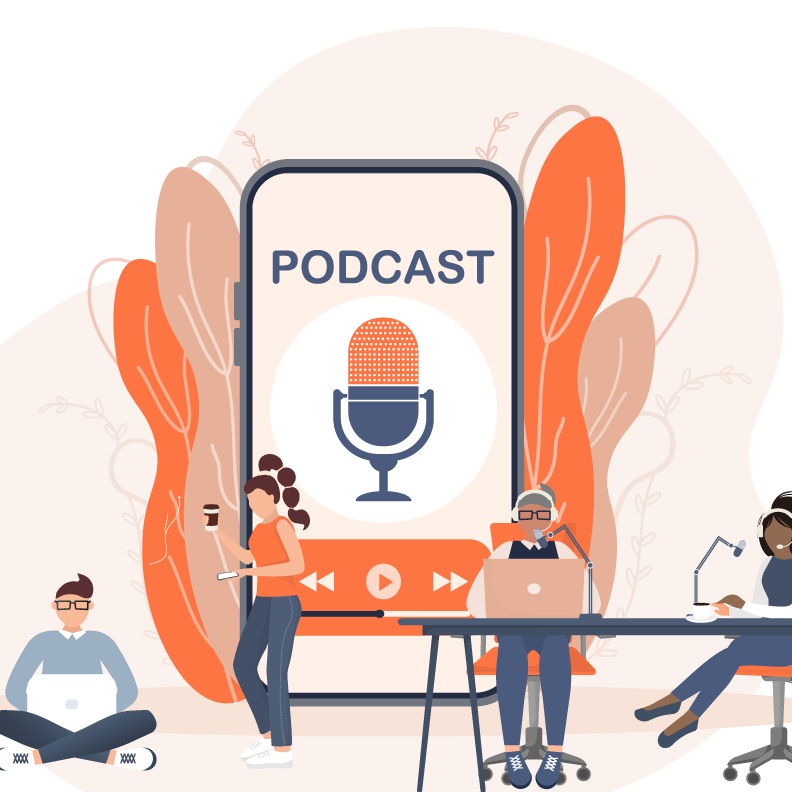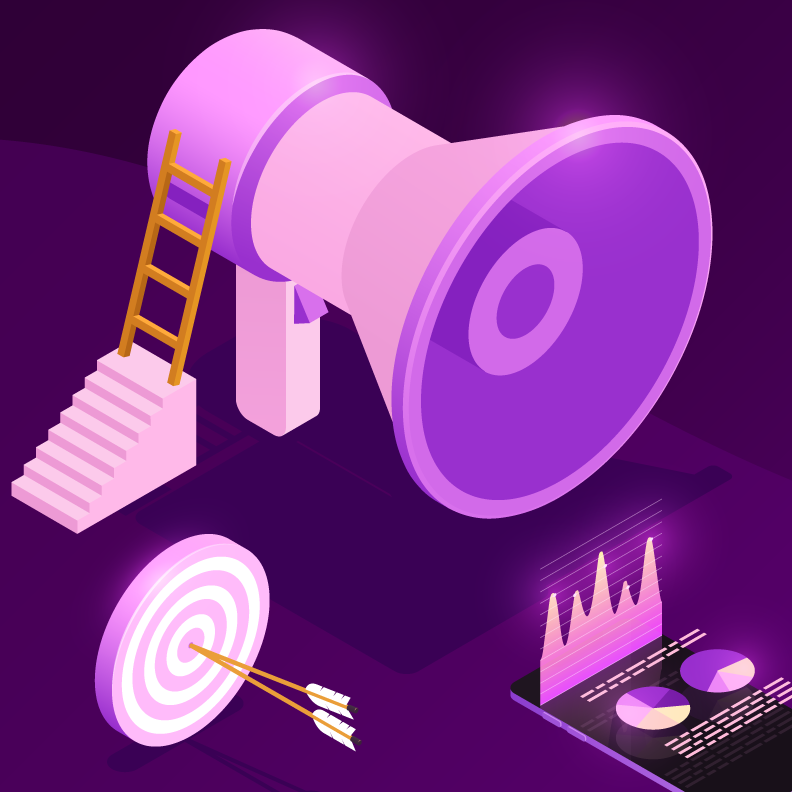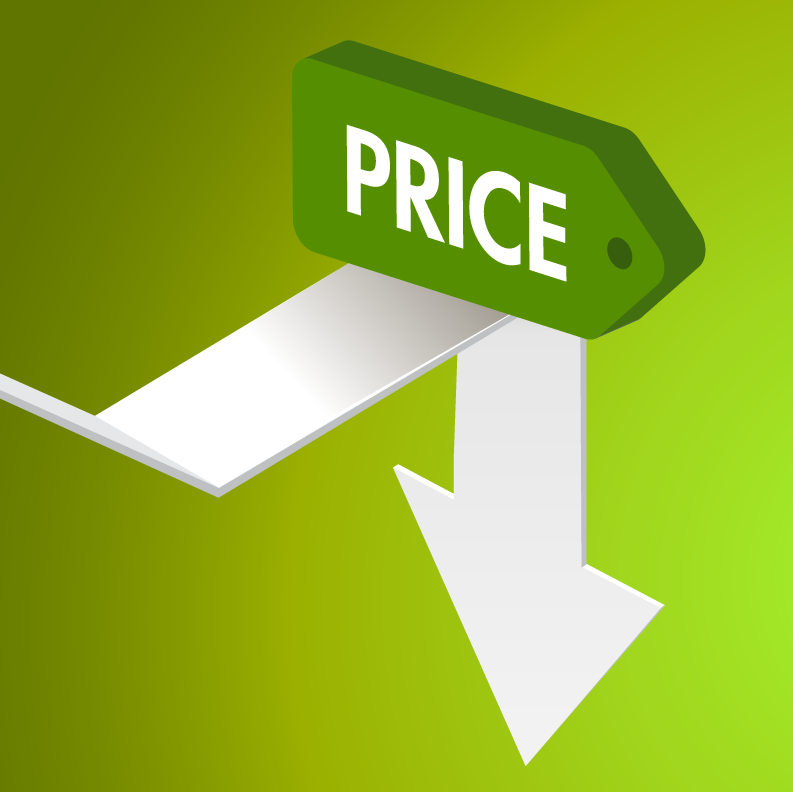Today, every channel is an e-commerce channel. Shoppable media has made it possible to turn TikToks into sales and website clicks into in-store purchases.
Many brands now choose to implement shoppable content solutions across their marketing assets for a wide range of benefits, including improving the consumer journey, strengthening retailer relationships and increasing sales by complementing their e-commerce store, to name a few.
The problem is, as soon as they make this decision, they face a long list of questions:
- Which retailers should we include?
- How should we prioritize our retailers?
- How do we ensure consumers get the best customer experience when we send them to a retailer?
- How do we know if our traffic is converting into sales?
A partner program can help brands like yours answer these common questions to create a foundation for a successful shoppable media strategy that reaches more consumers, improves conversions and strengthens channel relationships.
Already have a channel partner program? Need to get started? Whatever your position, we’ll provide recommendations and key benefits for including shoppable content in your e-commerce program.
Understanding Partner Programs
As D2C and retail channel strategies evolve, it’s important to have the right tools in place for managing retail partnerships.
A partner program acts as a framework of expectations between a brand and retailer, outlining goals and rewards that result from adherence to the program.
Partner programs are typically structured using either a standardized approach, which offers the same terms for any retailer that participates, or a tiered approach, which offers different terms and benefits for retailers depending on the level they select.
A tiered program offers multiple partnership levels, such as bronze, silver or gold, allowing retailers to ascend as their business develops. Each level contains different terms and conditions.
Bronze level partners may be suited for smaller retailers that don’t currently have a significant business relationship with your brand who can adhere to minimum program expectations.
Silver level partners may be larger retailers with a sizable business relationship with your brand who are committed to growing consumer demand and adhering to crucial growth expectations.
Gold level partners may include national or international industry-leading retailers with a high level of investment in stock, marketing and growing consumer demand for your brand. Retailers in this category are typically innovating in e-commerce and play a vital role in your channel strategy.
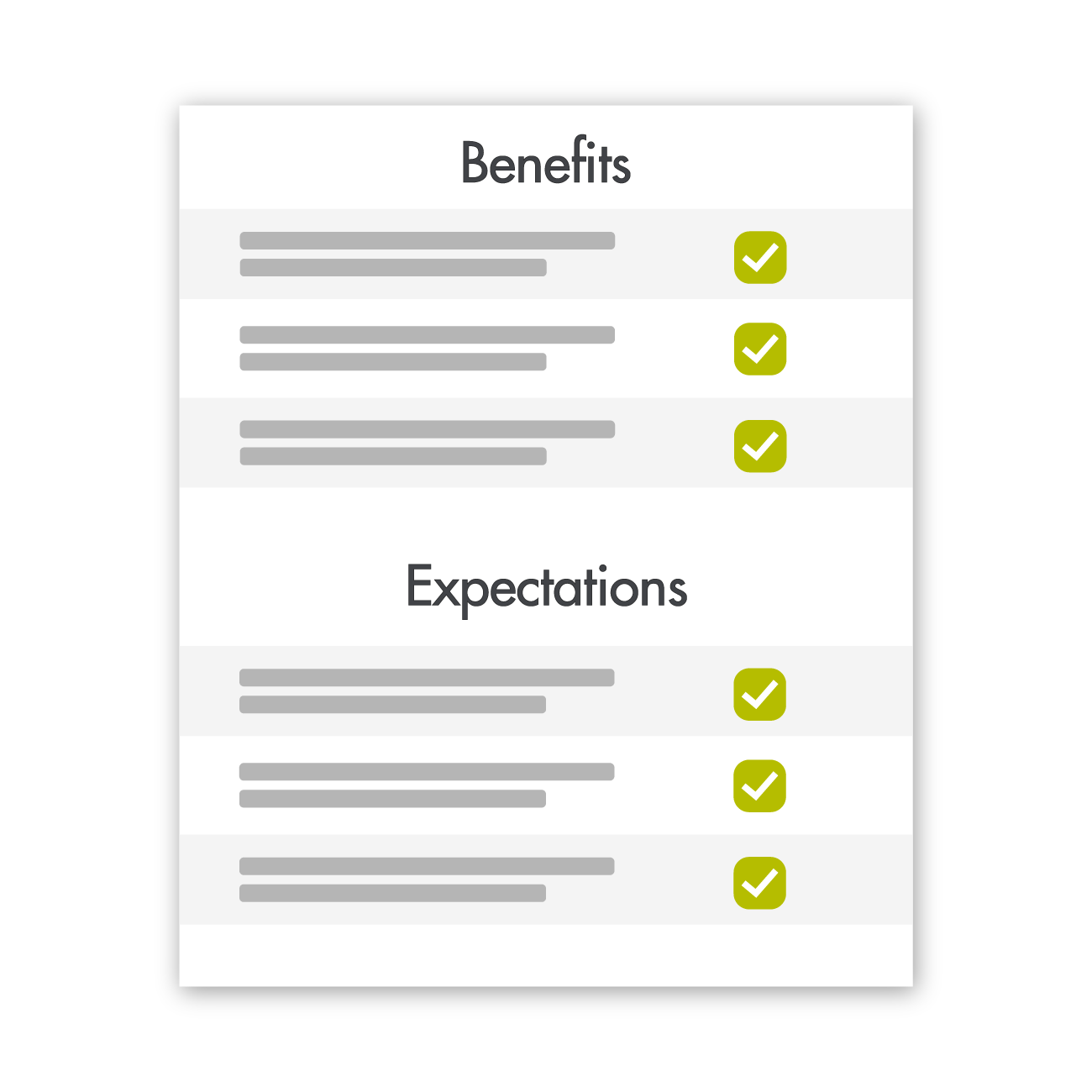

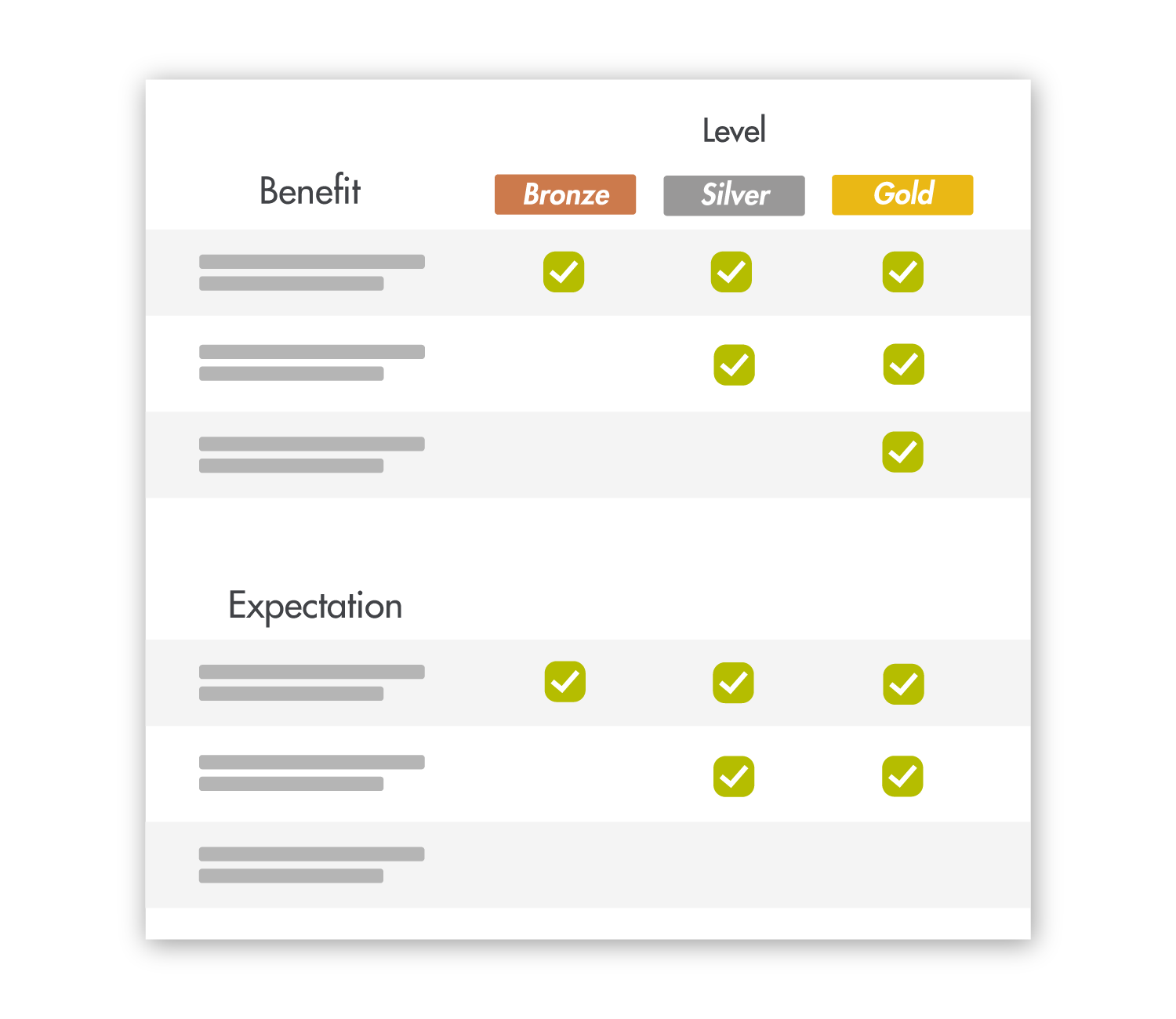

At a minimum, partner program details should outline retailer expectations and the incentives they will receive by complying. These benefits typically include:
- Access to sales and marketing tools
- Exclusive marketing opportunities
- Performance-based rewards
- Additional marketing exposure
- Incremental traffic and sales
In return, your company receives a number of benefits as well, including more brand advocates, less channel conflict, increased retailer stock purchases, streamlined pricing across the channel and richer analytics. This data helps you gain shopper insight and improve product life cycle analysis.
Adding Shoppable Media to Your Partner Program
If you don’t provide motivated consumers with a clear path to purchase, you’ll likely lose them. Shoppable media helps you turn every online marketing asset into a shopping channel. Whether the customer is visiting your brand website, interacting with an ad on Instagram or Facebook, opening an email campaign or scanning a QR code on a TV ad, shoppable digital content provides them with a link to visit approved, in-stock retailers.
This streamlined path to purchase makes a huge impact on sales and channel relationships, funneling ready-to-buy customers to the right outlets and resulting in valuable behavioral insights. The benefits make shoppable media a no-brainer:
- Consumers in these channels are highly qualified, bought in on unique selling points (USPs), fully engaged with product features and benefits and ready to buy
- The traffic is free
- The solution results in marketing exposure across a variety of consumer touchpoints
5 Opportunities for Retail Partners
A partner program provides the perfect avenue to quantify shoppable media’s value, explain its benefits and outline any requirements you have for the retailer in return. You can position its benefits through opportunities such as:
Brand website.
Entice partners with free traffic and marketing exposure directly from your brand website.
Multichannel campaigns.
Partners can gain free traffic and marketing exposure from various digital touchpoints, including your social media advertising, email campaigns, TV and online videos and QR codes.
Digital shelf analysis.
Offer the retailer regular analyses of their digital shelf to identify opportunities, optimize the consumer experience and improve the brand’s presentation. Analyze content quality, search and share of shelf, price and promotional activity and product assortment and availability.
Content syndication.
Provide up-to-date product information and content to increase conversions.
Co-marketing.
Fund co-marketing opportunities for e-commerce and marketing activity.
Remember, offering free traffic, analysis, syndication and marketing provides tremendous benefit to the partner. Don’t forget to showcase this value with a nod to specific metrics where possible. Ask:
- How much traffic could be sent to the retailer?
- How much would the retailer have to pay for this traffic if it was purchased through pay per click (PPC)? You can provide an estimate by looking at the average cost per click (CPC) in Google Ads for specific product categories.
Setting Expectations with Retail Partners
Once you outline the benefits, don’t forget to set expectations for what you want in return. These may include:
- Full participation in the shoppable media program with sales conversion tracking and an API for transferring pre-built shopping baskets for direct checkout
- Product information and content quality guidelines for elements like correctly sized photos, brand-approved wording, product dimensions, etc.
- Pricing and promotional guidelines, including minimum advertised price (MAP) agreements or product bundling policies
- In-stock product requirements, such as minimum quantities or commitments to carry specific categories or product ranges
- Minimum purchase requirements (i.e., a minimum annual amount of stock to be purchased from your brand)
Feel free to tailor these expectations to fit the specific nature of your business. However, note that these recommendations are based on the programs of successful brand manufacturers across a wide range of industries.
Unlock the Power of Shoppable Media with Rithum
Are your shoppable media efforts reaching their full potential? These solutions pose a win-win opportunity for both your brand and retailers to not only strengthen channel partner relationships, but capture highly qualified leads from ready-to-buy consumers at little to no cost.
Rithum has developed and grown shoppable media partner programs with some of the largest manufacturers in the world. Our technology, combined with 12+ years of industry expertise, allows brands to amplify retailer relationships and glean consumer insights, all while boosting sales.
Learn how to develop your own partner program and fully leverage shoppable media by contacting our experts today.
